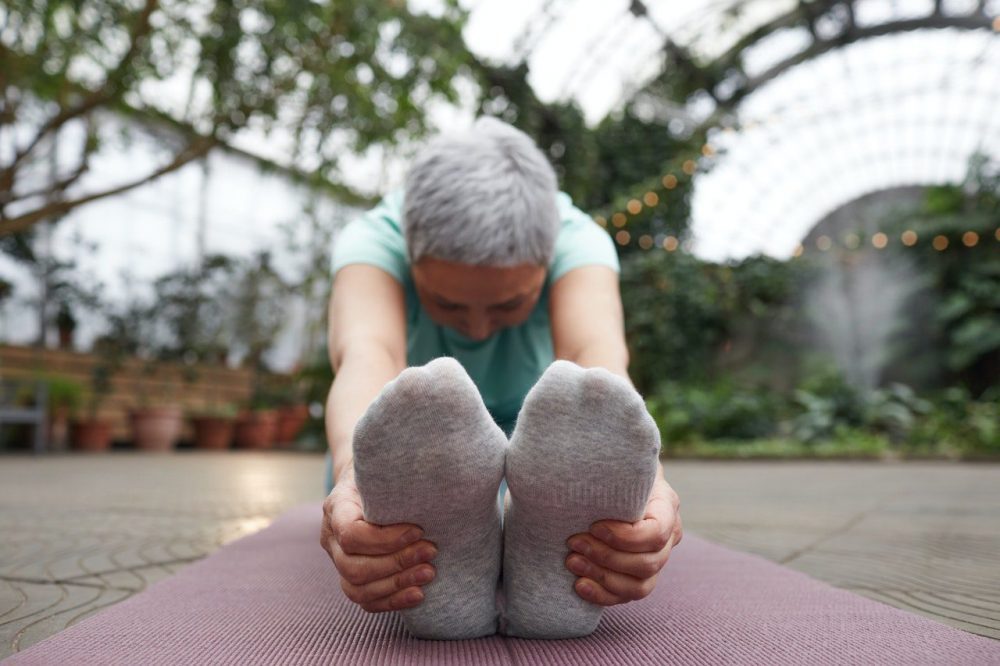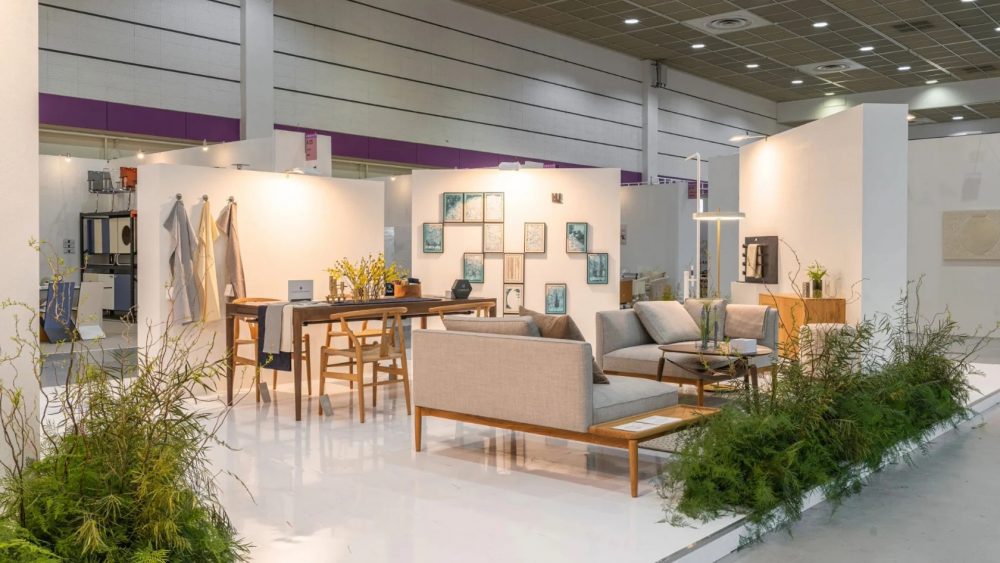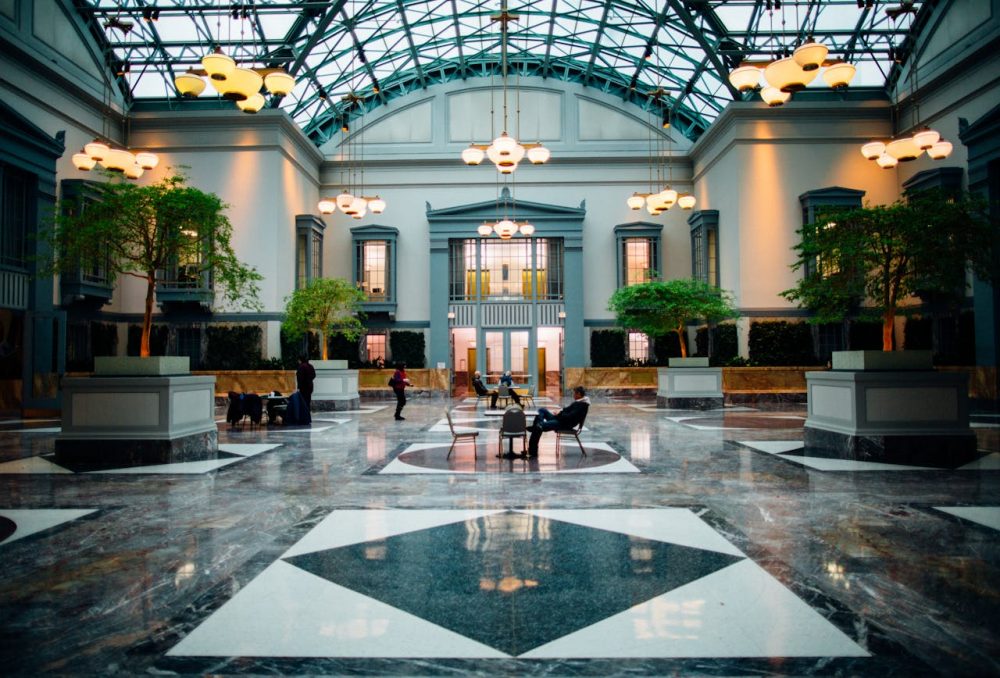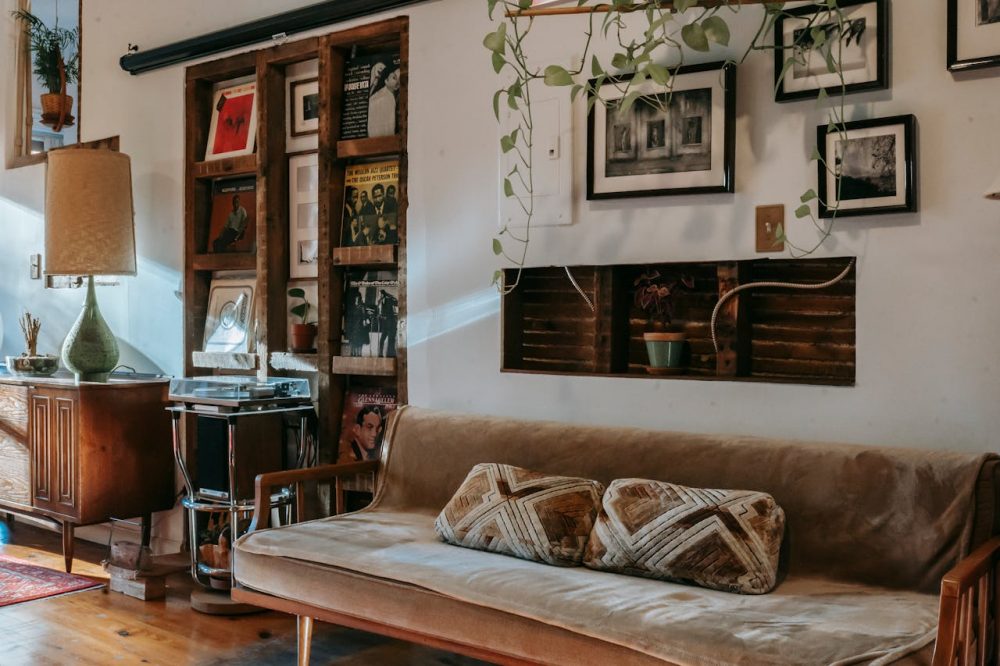The COVID-19 pandemic has had a profound effect on the way we live our lives. With lockdowns, social distancing, and remote working becoming the norm worldwide, people are searching for new ways to stay physically and mentally healthy in this new era of uncertainty. One solution that is gaining traction is ‘wellness design:’ An innovative approach to designing spaces with health and well-being at its core.
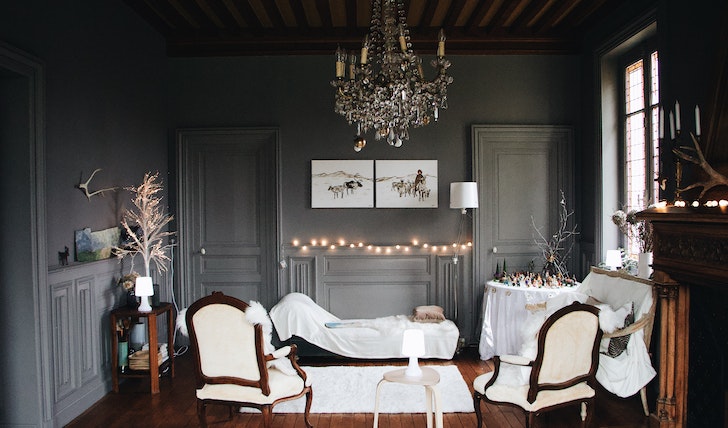
Mael / Pexels / In an age where mental well-being is at stake because of the mayhem of the COVID-19 pandemic, people are finding solace in wellness design.
In this article, we will look at how wellness design can help us cope in the post-pandemic era and what it means for mental health - both today and in the future. Without any further ado, let’s get started:
What is Wellness Design?
Wellness design is an emerging field of interior design that focuses on creating spaces with well-being in mind. This approach takes into account not just aesthetics. But also how a space can promote physical and mental health. Wellness design integrates elements of biophilia: The idea that humans naturally seek connection with nature - to create calming, stress-free environments.
Apart from that, it also seeks to incorporate features like natural light and ventilation, ergonomic furniture, and restorative color palettes.
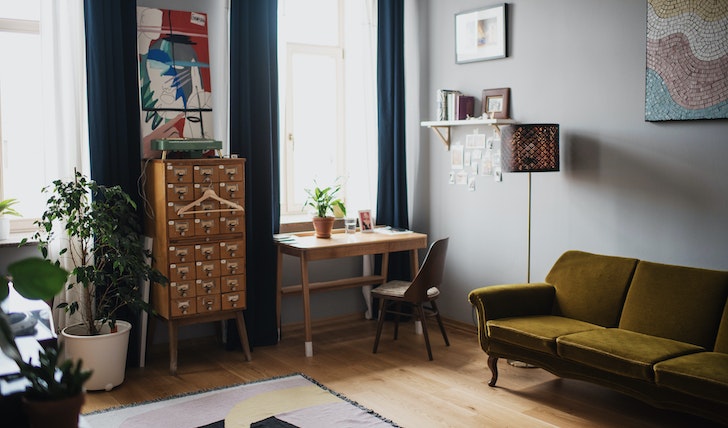
KS / Pexels / Wellness design is a new interior design trend where people try to make the interior design more friendly for mental health.
The Benefits of Wellness Design in The Post-Pandemic Era
One of the primary benefits of wellness design is its ability to reduce stress levels and improve mental health. With remote working becoming increasingly common, many people are struggling to stay productive and motivated in their home offices or living rooms. By implementing wellness design principles into these spaces, it is possible to create an atmosphere that is conducive to productivity and emotional well-being.
Another advantage of wellness design is its ability to bring nature indoors. During the pandemic, outdoor time was nowhere due to lockdowns and restrictions on movement. By incorporating biophilic elements such as houseplants, natural materials, and views of nature into our homes, we can bring a bit of the outdoors inside and get some much-needed respite from our screens.
Finally, the post-pandemic era has put a lot of emphasis on hygiene. As more people return to public spaces (including offices and work spaces), there is an increased need for air purification systems and touch-free technologies. Wellness design can incorporate these features in an aesthetically pleasing, making them less of an eyesore and more of a functional component of the space.
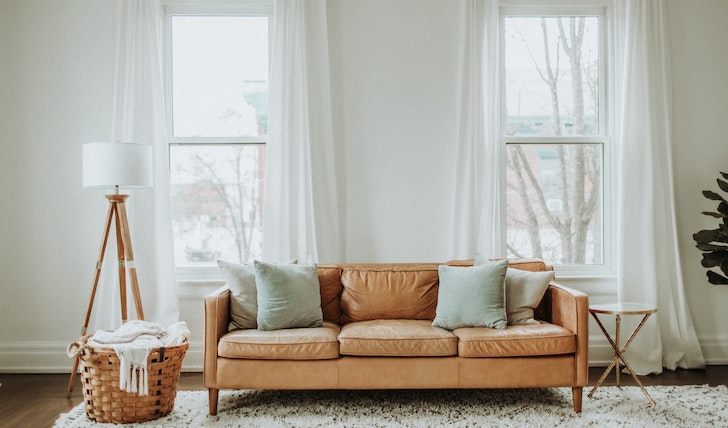
Leah / Pexels / After the mayhem of the COVID-19 pandemic, wellness design can be a great way to find solace.
Parting Thoughts
Wellness design is becoming increasingly important in the post-pandemic era as we strive to create spaces that promote physical and mental health.
By incorporating biophilic elements into our homes and offices, using touch-free technologies for improved hygiene, and reducing stress levels with restorative color palettes, wellness design can help us stay physically and emotionally healthy as we move forward into 2021 and beyond.

